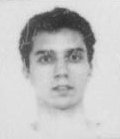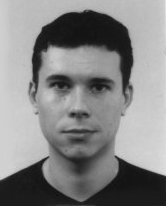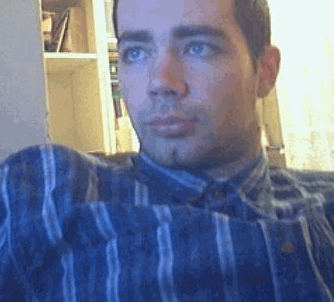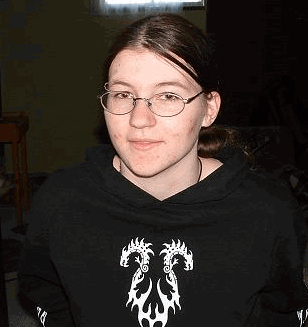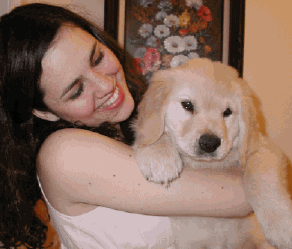Our current neuroscientific model of cognition and memory suggests that it is based on the spatial pattern of neural connections in discrete regions of the brain. Each individual's unique pattern is dynamically modulated as a function of inheritance and environment. Thus, notwithstanding any vitalist perpectives, the essence of each individual's memory and behavior resides in the unique neural pattern and the regulation of that neural pattern based on genetic and environmental developmental influences.
Anyone with a reasonable scientific grounding can determine the validty of the above for themselves. Having done so, and in parallel being informed of the technology that enables the preservation of cellular material via the stasis of the inevitable various degradative effects due to trauma, aging or death, it would be absurd not to preserve one's self until a time such that our undestanding of cellular processes and means of manipulation of the same has advanced to a degree where the information in the preserved material can be accessed to repair a preserved brain.
The cryopreservation of simple biologic material, including multi-celled human embryos that by merit of IVF technology today exist as healthy normal human beings, has demonstrated that it is a viable method for biostasis. Admittedly, in more complex biological systems the cryopreservation process in its present implementation has been shown to induce irreparable damage to a significant proportion of cells such that the tissue or organism is no longer able to function in a life sustaining manner. However, the core premise is that in due course technology will be sufficiently advanced to enable repair to be effected on a cellular level, means that the damage caused by the cryopreservation process will be repairable and that the cryopreserved brain tissue will be viable and able to function with all existing neural patterning intact. Theoretically, the memories and personality of the brain - the person - would thus be as recoverable as that of a someone awakening from a long term comatose condition.
It is without a doubt, an enormously challenging thought, after thousands of years of cultural programming, that death can be treated as just like any other medical condition. That a corpse thawed after cryopreservation can return to life. It is inevitable that many will resist the idea until very hard evidence is presented. That, however, should not preclude those who wish to embark upon this journey based on a vision that many others like them, during different times of history had, were prosecuted for, but were ultimately vindicated. Undoubtably those who attempt to legislate against the cryonics movement will find their place in history in the same category as the rest of the narrow-minded, progress-stifling and simply scared individuals that have hampered the progress of humanity since time immemorial.
At the end of the day it is a question of education, and those of us in the scientific industry are obligated to foster the requisite knowledge and clarify it from the abounding pseudo-science. It is also a question of funding, and those that have been industrious or fortunate enough to amass sufficient wealth should look towards investing it in legitimate foundations. Finally it is a question of integrity, because in fledgling movements such as cryonics it only takes a very few frauds to destroy the intention and reputation of many, so that we must be compelled to ensure that we conduct ourselves with the highest ethical standards and reject any who see this as a profiteering vehicle.
As a professional scientist, as a father, husband and son, and most importantly as a human being I wholeheartedly support and endorse any method that allows for the preservation of the unique three-dimensional pattern of neural network that comprises the CNS as well as the DNA, irrespective of the degree of cellular damage (so long as the pattern remains intact).
 Harold Brenner
Harold BrennerAthens, Greece
